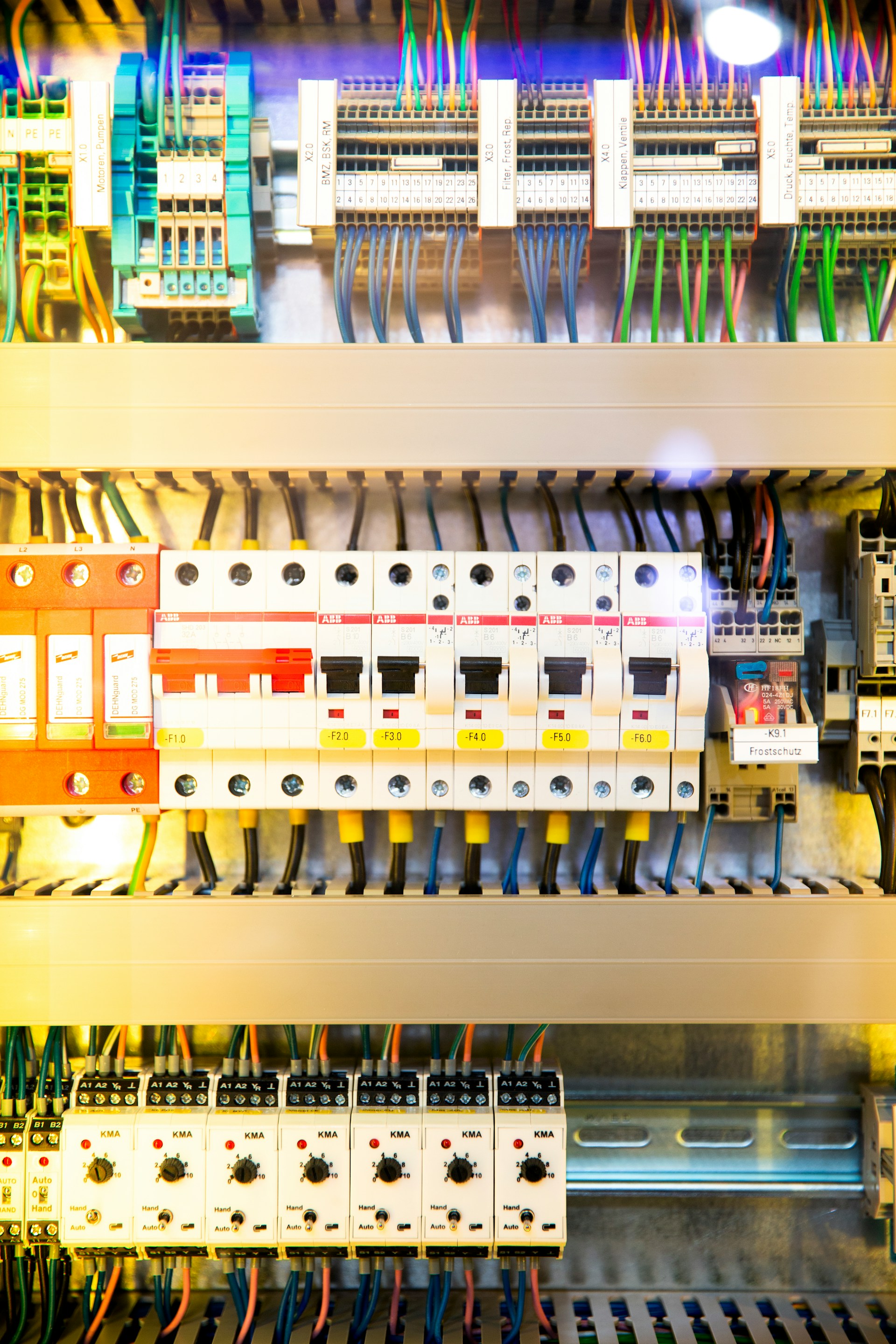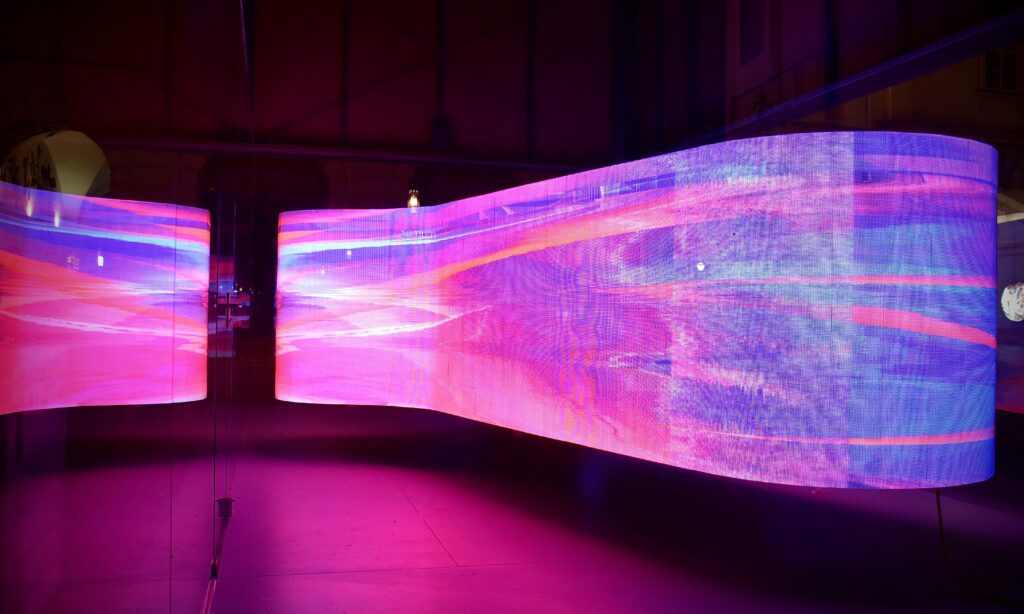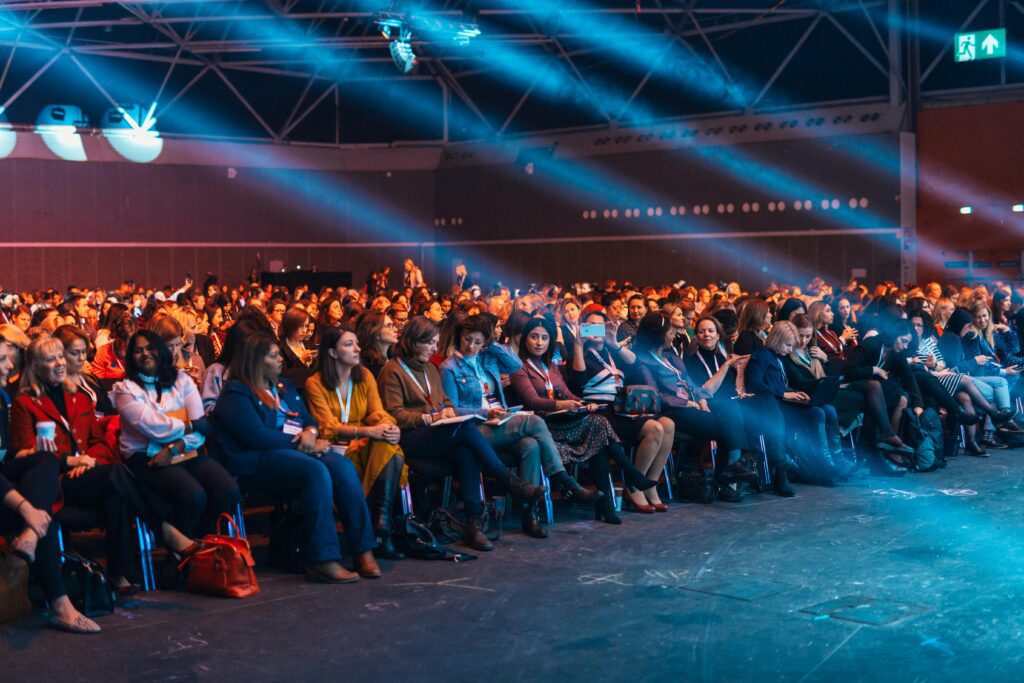Power planning for electricity at an AV event production can feel like trying to solve a giant puzzle. There are so many pieces to fit together, and one of the trickiest bits is figuring out just how much power you need. After all, no one wants to deal with the embarrassment of lights flickering or sound cutting out midway through an important event! So, how do you make sure everything runs smoothly without a hitch? Have you ever asked yourself, “How much power do you need for av events” Let’s dive into the world of watts and volts and get your next big event fully powered up!
Table of Contents
Understanding Electricity for AV Events
When it comes to producing an AV event, power is really the backbone of everything. It’s the unsung hero that keeps the lights bright, the speakers booming, and the screens dazzling. But how do you know how much power you actually need?
Key Components of AV Power Requirements
Let’s break it down into the main elements that demand power during an AV event:
Audio Equipment: This includes microphones, mixers, amplifiers, and speakers. These devices can be real power hogs, especially in larger venues or outdoor settings. For instance, think of a rock concert where the sound needs to reach the very back of a massive arena-it’s not just a plug-and-play scenario!
Visual Equipment: Power is also needed for projectors, LED walls, monitors, and cameras. If you’ve ever been to a conference or a live event with big screens, you know they make a huge impact. Typically, LED walls use more energy than standard projectors, but they also deliver that wow factor that’s hard to beat.
Lighting: From spotlighting a keynote speaker to creating mood lighting, lighting is a big part of the power equation. Opting for energy-efficient LED lights is a smart move as they save energy while still looking fabulous.
Special Effects: Don’t forget those fun extras like fog machines or confetti cannons-they need power too. It’s these little details that often elevate an event from ordinary to extraordinary.
Safety Margin: Always plan for a bit more than you think you’ll need. A buffer of about 20-30% is a good rule of thumb to manage unexpected demands or last-minute equipment changes.
Understanding each component’s power needs is just the starting point.
Creating an Equipment Power Inventory
Before calculating your power needs, you’ll want to make a detailed list of all the equipment. Here’s how to create a comprehensive inventory:
List All Equipment: Write down every piece of equipment you plan to use, even the smaller ones that might seem insignificant. You’d be surprised how quickly these add up!
Record Power Consumption: Each device will have a power rating, usually found in watts. You can find this info on the device itself or in its user manual.
Sum It Up: Add up all the wattages to determine your baseline power requirement. Don’t forget to include that all-important buffer.
Technical Specifics for Electricity at a Venue
Once you know your needs, it’s crucial to check if the venue can handle the load. Understanding the technical specifics of electricity at your event venue is crucial for a successful AV production. Here’s a breakdown of the key components and considerations:
1. Power Phases
Most venues will have either single-phase or three-phase power available.
- Single-phase power is standard for smaller venues or homes, delivering power in a single alternating wave. It’s suitable for events with lower power needs.
- Three-phase power is common in larger venues and commercial spaces, providing more consistent and higher capacity power. It’s ideal for events with heavy equipment like LED walls or large sound systems.

2. Circuit Breakers and Outlets
- Circuit Breakers: Venues are equipped with breaker panels that regulate the maximum load each circuit can handle. Exceeding this limit will trip the breaker, cutting power to connected equipment. Always calculate your total power draw per circuit and distribute your load to prevent overloading.
- Outlet Types: Check the outlet configurations at the venue. Common types include standard 120V outlets and higher-capacity 240V outlets for heavier equipment. Use adapters or converters if your equipment has unique plug requirements.
3. Amperage
Amperage (amps) refers to the amount of current the circuit can handle. A typical 120V outlet supports 15-20 amps. Multiply voltage by amperage to calculate wattage capacity (e.g., 120V . 20A = 2,400W). Be sure to factor in the total power draw of all connected devices.
4. Grounding and Safety
Proper grounding is essential to avoid electrical hazards. Ensure that the venue’s electrical system includes a reliable grounding mechanism. Using Uninterruptible Power Supplies (UPS) for critical equipment can also provide temporary power and protection during outages or surges.
5. Generators for Outdoor or Low-Power Venues
If your venue lacks sufficient power, portable generators are a viable option. When using generators, ensure they are rated to meet your total power requirements and that fuel supply and ventilation are adequately planned. Look here for advice on choosing a generator that’s appropriate for your venue.
6. Technical Consultation
Before the event, coordinate with the venue’s technical team or bring in an AV power specialist to assess the electrical infrastructure. This includes evaluating the number of circuits, available amperage, and breaker configurations to ensure your setup can be supported. For more detailed advice, you can lean on Westwave AV for audio visual rental services in San Francisco, and leave the heavy lifting to us!
By thoroughly understanding and planning for these technical specifics, you’ll minimize the risk of power issues and keep your AV production running smoothly.
Power Planning Strategies
Once you have a handle on your equipment and venue capabilities, it’s time for some strategic planning to ensure everything goes off without a hitch. Here are some advanced strategies to enhance your power setup:
Power Distribution Plan
A well-thought-out power distribution plan can proactively prevent any disasters:
Distribution and Balance: Use Power Distribution Units (PDUs) to spread the power load evenly, which helps reduce the risk of overloading circuits. It’s a bit like spreading butter evenly over a slice of bread-no one wants a big clump in the middle!
Backup Systems: Incorporate Uninterruptible Power Supplies (UPS) as a backup to handle unexpected outages and keep data safe.
Venue Considerations
Every venue is unique, so tailor your power approach to the specific characteristics of the location:
Venue-Specific Rules: Some places might have restrictions on generator use or limited power availability. Make sure you have a detailed conversation with venue personnel about your requirements. For more information on venue regulations, check out this article from the California Department of Industrial Relations on event staging safety.
Pre-event Testing: Conduct tests before the event starts to identify and iron out any potential issues, keeping disruptions to a minimum.
Continuous Monitoring
During the event, continuous monitoring of power distribution helps mitigate risks. Set up a team dedicated to overseeing operations and addressing any anomalies promptly.
The Importance of Power Planning for a Seamless Execution
Whether it’s a corporate presentation, concert, or wedding, seamless AV execution is vital. A smooth flow can greatly enhance the audience’s experience and satisfaction. It’s important to determine how much power do you need for an AV event.
Lighting for the Perfect Ambiance
Lighting can significantly affect the atmosphere of an event. It often involves several components:
Spotlights and LED Walls: These elements help create focal points and fill the venue with engaging colors. They also draw power, so do not forget to account for the safety margin of 20-30% buffer mentioned above to keep the lights on!
Ambient Lighting: This supports the main light sources by crafting a cohesive visual theme throughout the event space. You can find more about creating the right ambiance on our lighting page.
Sustaining Audio Quality
Sound quality is non-negotiable. Here’s why:
Crystal-clear Audio: Ensures every note and word is heard clearly, keeping the audience engaged.
Power Balancing: Prevents sound equipment from overheating, ensuring consistent performance throughout the event.
Ensuring Visual Components Run Smoothly
Visuals are a huge draw at any event. Maintaining their consistency is key:
Stable Power Supply: This prevents any flickering or screen failures that can disrupt presentations.
Redundancy Systems: These systems cover you in case of power failures, maintaining the event’s flow.
Final Thoughts
The mantra for a successful AV event can be summed up as: “Preparation is key.” From understanding power requirements to ensuring seamless execution, these interconnected processes guarantee a memorable event for all the right reasons. Thanks for reading our article on how much power do you need for AV events. With the proper planning and expertise, you can illuminate your audience with a flawless AV production that radiates professional finesse.
More Information
By embracing these strategies and ensuring a robust installation, you’re not just promising power – you’re promising an unforgettable experience. Here’s to electrifying your audience and shining a radiant spotlight on your event! If you are looking for essential AV Tips for Event Planning check out our article.
Electricity and power planning for an event is vital, and often best left to professionals to avoid any mishaps, or worse. For more detailed information and services, contact us today to set up a discovery call!


